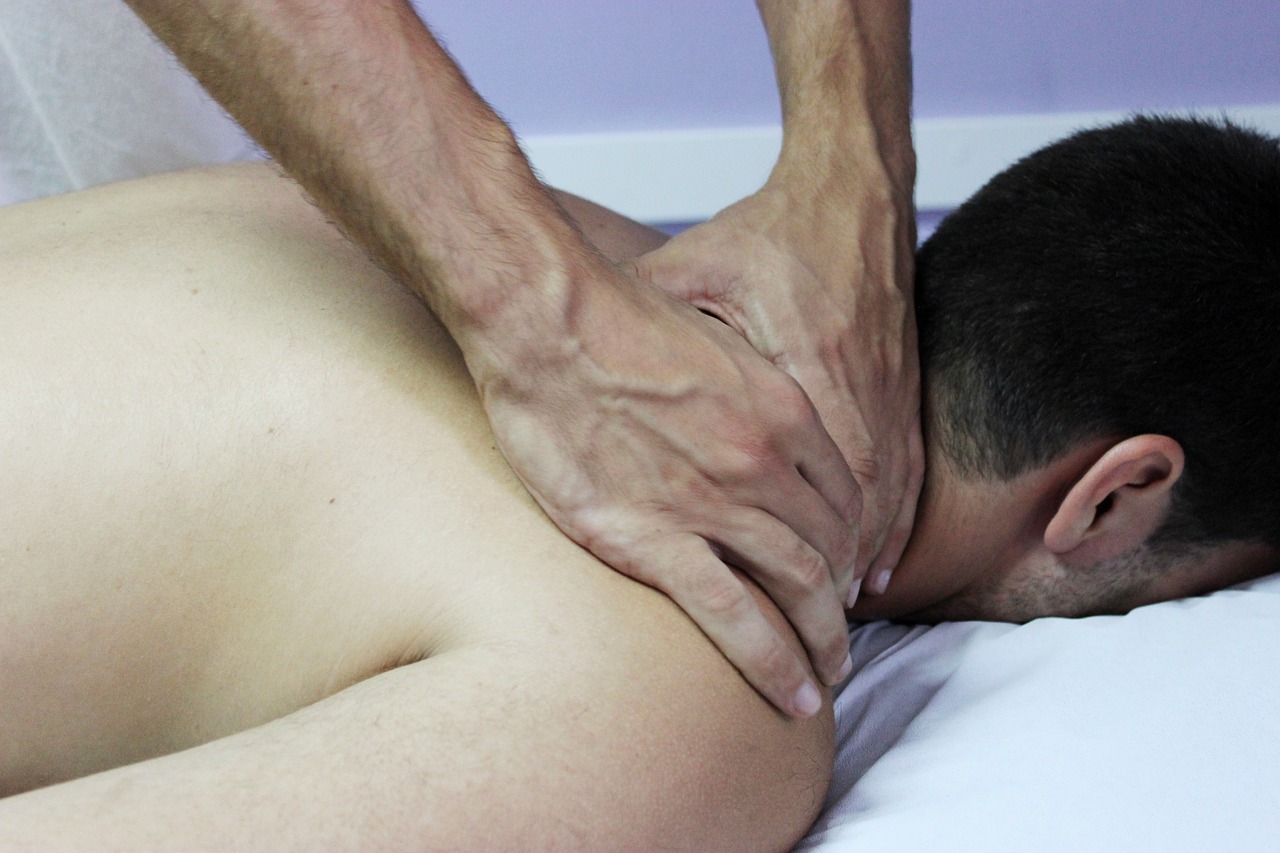Vestibular therapy programs include exercises tailored by vestibular physical therapists to enhance balance and decrease problems linked with dizziness. Dizziness comprises a wide variety of symptoms and tackling all that can be challenging. Vestibular therapy which we have known since the mid 1940s is an effective rehabilitation program used for treating dizziness. Before vestibular therapy was known, the treatment program for dizziness included medications and manual therapy practices such as chiropractic, acupuncture and osteopath.
Back in the day, physical therapists did not possess much knowledge about manual therapy practices. In the last 10 years, after linking vestibular therapy and manual therapy, we have seen more effective results in treatment of double entities.
Let us take a look at both vestibular therapy and manual therapy for the treatment of dizziness.
Causes Of Dizziness And Exercises Of Vestibular Therapy
One can suffer from dizziness due to several reasons. Each year, more than 10 million patients complain about dizziness when visiting the doctors. These problems are generally faced by patients over the age of 75 years. However, individuals of any age can face dizziness. It is not a very critical condition but it is a symptom of mechanical issues. Dizziness can happen because of the following reasons.
- Inner ear disorder.
- Side effects of certain medications.
- An indication of neck dysfunction.
- It could even result from a serious problem such as a problem in the heart or brain.
Exercises That Are Included In Vestibular Therapy
- Vision stability training.
- Posture training.
- Stretching and strengthening exercises.
- Balance training.
- Walking exercises.
- Neck mobility/ stretching exercises.
- Common fitness exercises.
- Ergonomic training
Exercise plans can differ based on your condition. If you were diagnosed with an inner ear problem then you will be advised to learn some self treatment vestibular therapy exercises.
Practicing the vestibular therapy exercises which your physical therapist asked you to do at home will treat your current dizziness and decrease the possibility of future dizziness problems.
Length Of Vestibular Therapy Program
Patients are required to visit the vestibular physical therapist every 1 to 2times every week in a duration of six to eight week. The time can differ depending on the condition and severity of symptoms of the patient. Some patients require treatment for several months while some only need 1 to 2 sessions
Are Vestibular Rehabilitation Exercises Hard To Do?
Vestibular therapy exercises are not hard to learn. However, it does require consistency and discipline from patients to acquire the best results. The exercises can prove to be overwhelming and tedious at times, hence proper scheduling must be done to avail the maximum benefits. These exercises must become a part of your everyday routine.
Here are certain factors that can limit your recovery.
- Inactive and sedentary lifestyle.
- Pain which can result in imbalance and can increase the risk of falls.
- Progressive vestibular disorders such as multiple sclerosis, fluctuating conditions like migrain.
- Presence of other medical conditions that increases the chances of falling. These conditions might include cardiovascular disease, arthritis, foot problems, neurological diseases, vision issues and so on.
- Certain medications
- Emotional state
Benefits Of Vestibular Therapy
When you receive vestibular therapy for tackling dizziness you will notice the following.
- Decreased risk of falling.
- Reduction in symptoms related to dizziness.
- Enhancement in balance.
- Increase in stabilization of gaze and vision.
- Enhancement in body strength.
- Recovery of movements.
- Enhanced confidence in maintaining balance.
- Increase in neck movements and less symptoms.
Many times vestibular therapy will be the only required treatment. In other cases, vestibular therapy is performed before or after surgery. It has been noticed that if the patients continue to perform vestibular rehabilitation exercises then their balance increases and dizziness either reduces or completely disappears.
Now let us delve deeper in manual therapy interventions for treating dizziness.
Manual Therapy For Cervicogenic Dizziness
If you are searching for a way to treat cervicogenic dizziness then search no more. Manual therapy will
help you. It is immensely effective in treating cervicogenic dizziness. The symptoms of cervicogenic dizziness are dizziness and disequilibrium that is linked with neck pain. Since time immemorial, manual therapy has been used to treat cervicogenic dizziness.
The manual therapy treatment includes mobilization and manipulation, mechanical traction, physical modalities, postural retraining, massages, balance training, active range of motion, trigger point injection and muscle relaxants. In acute stages, a soft cervical collar is used. A few controlled clinical trials have been executed to study the effectiveness of the above mentioned techniques. According to studies, seventy to eighty percent of patients noticed a decrease in their symptoms.
Quite a few times, patients require both manual therapy and vestibular therapy for cervical and vestibular symptoms. The manual therapy for cervicogenic dizziness is directed at reducing the muscle spasms and aimed at trigger points of pain in the cervical musculature.

